|
How do your employees get to work? Much is said about how to properly use public transport to minimize the spread of infection, but even if your staff travels to work by car, it’s important for them to take safety precautions – particularly as many states are having to tighten their safety procedures in light of rising COVID-19 infection rates. The CDC advises people to clean and disinfect frequently touched surfaces of personal vehicles (e.g. steering wheel, door handles, gear shift and seat belt buckles). When using parking meters and fuel nozzles, disinfect surfaces with alcohol wipes or use a hand sanitizer afterwards. Travel with open windows or at least avoid using the recirculated air setting in a car. Finally, consider limiting the number of people in the car to only those who are necessary.
“Safety is like the new hospitality.” That’s what Bob Duprey, founder of RestaurantPlaybook.com, recently told Restaurant Dive. Even before you consider the quality of your menu or your service right now, focus on your cleanliness and safety. According to new research shared during this Datassential webinar (https://bit.ly/2C2pgCq), 76 percent of consumers say a restaurant’s cleanliness and food safety procedures will always matter more to them now than they did before. Among those surveyed, cleanliness ranked more highly than everything from the taste of the food to the value of menu items. Drilling down further, the survey respondents’ top safety concerns were overwhelmingly about touching items that others had touched and being too close to other customers. In your communications with customers and social media posts, make sure you’re clear about how you have reconfigured your operation to protect updated safety procedures.
If you’re new to delivery or are using existing staff to help accommodate deliveries right now, make sure your delivery protocol keeps your staff, customers and food safe. Statefoodsafety.com advises you take some steps to safeguard your practices. First, make sure the delivery vehicle is kept clean and won’t attract pests. Package food securely and keep raw or allergenic foods separate. Use coolers or thermal blankets to keep food at proper temperatures en route. Finally, maintain social distancing when dropping off food to not only protect safety but to demonstrate your commitment to it.
Compliance with updated, COVID-19-specific health and safety procedures will be critical for operators in the coming months, not only to protect the safety of your staff and guests but to prepare for unplanned compliance checks by regulatory authorities that are likely coming down the pipeline. This is especially true in states where cases of the virus continue to rise. What systems do you have in place to ensure your new protocols are enforced consistently across shifts and locations? Digital checklists and other automated tools can help take stock of tasks, and regular training will continue to be important. But foundationally, the quality of your relationships with managers and their relationships with staff are critical – if you show you value them, their health and their contributions, they will care about protecting the business. As you adapt your business to its new procedures, also incorporate actions that can help you stay connected with your team.
The sanitizers you use to clean dishes and other surfaces in your kitchen are only effective when used at the advised temperature for a specific concentration – otherwise you may be spreading pathogens around your kitchen or using a chemical in a dangerous way. For instance, the 2017 FDA Food Code indicates that chlorine sanitizers with concentrations ranging from 25-49 mg/L should be prepared with water that’s 120˚F, concentrations from 50-99 mg/L with water that’s 100˚F and concentrations of 100 mg/L with water that’s 55˚F. Iodine sanitizers should be prepared with water measuring 68˚F and quaternary ammonium compound sanitizers should be prepared with water measuring 75˚F. Statefoodsafety.com advises using chemical test strips to confirm you’re using the right concentrations and temperatures.
The spread of COVID-19 – and the reality that employees in the U.S. may become ill or need to self-isolate in the coming weeks and months – has cast a spotlight on companies’ paid sick leave policies (as well as those that lack them). A New York Times report said despite long-time concerns from restaurant owners, retailers and other employers, studies have found these policies to be effective: one study found that policies requiring paid sick leave reduced cases of flu by 11 percent in their first year and another found that the policies cost employers 2.7 cents per hour of paid work. The report said there has been no demonstrable decline in hiring or a reduction in wages or other benefits as a result of the policies. Granted, times are different as we operate during a pandemic and operators are being required to accommodate updated health and safety standards. However, your willingness to enforce policies to keep your staff and customers safe in the long term will also help protect your business as you manage the added challenge of flu season in the coming months.
As the weather warms up and we crave – and have access to – more fresh, local produce, be sure to take appropriate food safety precautions with it. Don’t wash whole produce before storing it. In the refrigerator, keep it above and away from raw proteins – and avoid overcrowding it with other produce. Any chopped or peeled fresh produce must be refrigerated within two hours or discarded. When keeping cut produce in the refrigerator for later consumption, store it in airtight containers.
Even in the midst of mass unemployment and deep uncertainty, restaurants that have found a way to remain open are somehow continuing to make their customers and communities feel cared for. But what about caring for the restaurant employees who are taking the risk of coming to work and serving the public right now? Or the millions of others who are currently out of work? Challenges to employees’ physical, mental and financial health abound right now. There are ventures springing up throughout the country to help. Efforts like Furlough Kitchen and HospitALLity House are helping to address hunger by providing free meals to laid-off hospitality workers. A charity organization called No Us Without You launched in Los Angeles to help undocumented restaurant workers in the city. Restaurant Careers and Hospitality Relief Dashboard are offering leads on grants, interim work and other assistance. Finally, a list of resources, https://edition.cnn.com/interactive/2020/health/coronavirus-how-to-help/#restaurants-and-food-workers, from CNN includes links to other sources of support for restaurants and food workers, as well as suggestions for communities looking to help the industry right now.
|
subscribe to our newsletterArchives
April 2024
Categories
All
|
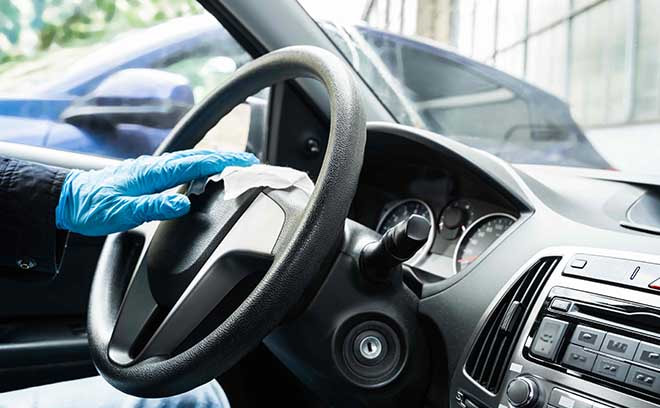

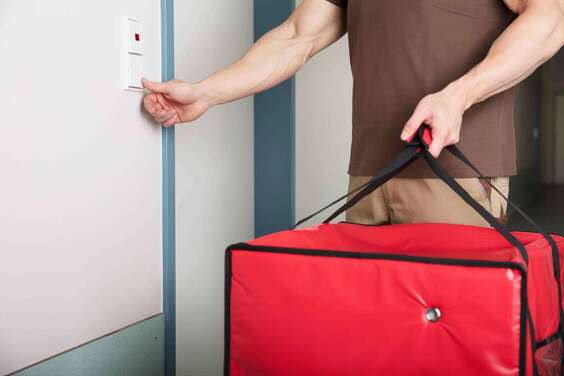
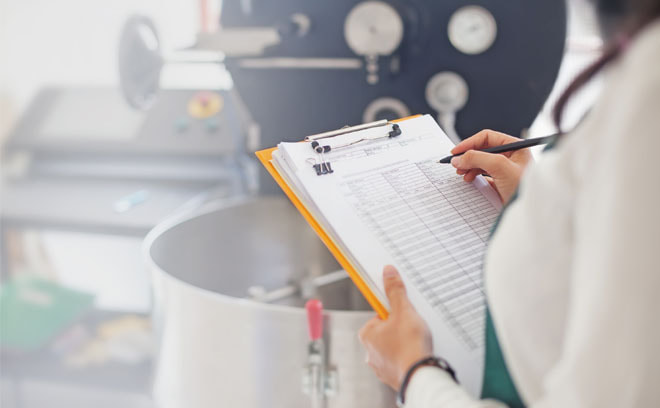

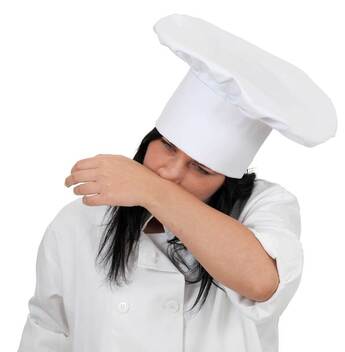
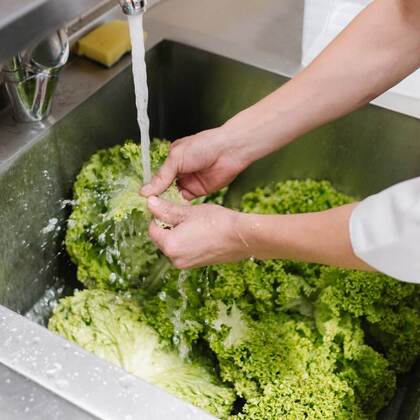
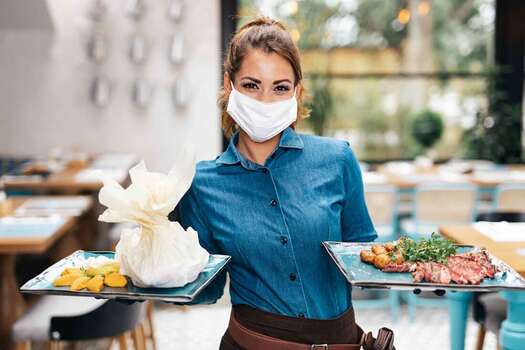
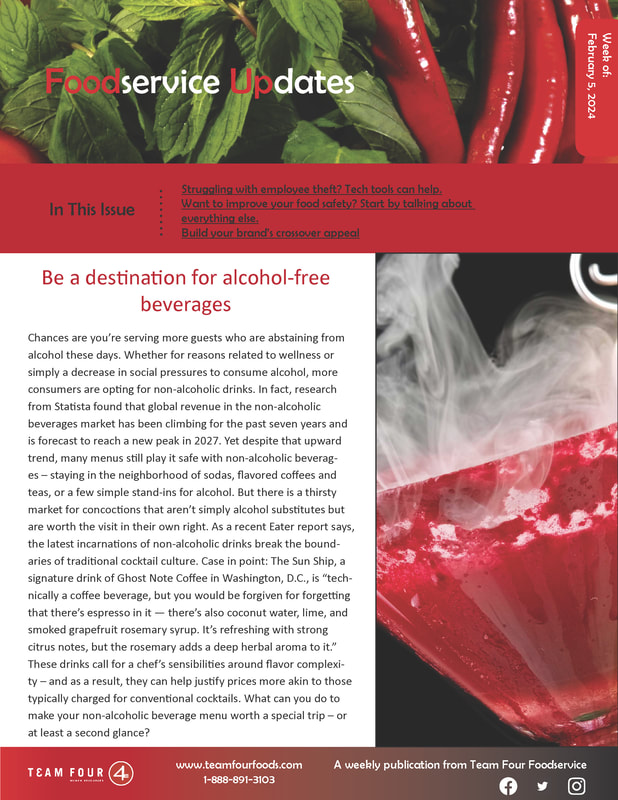
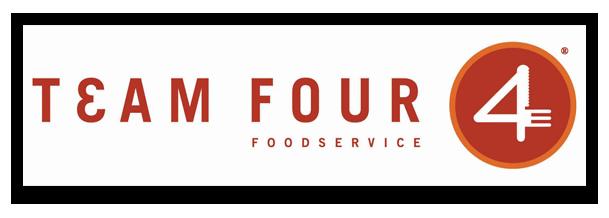
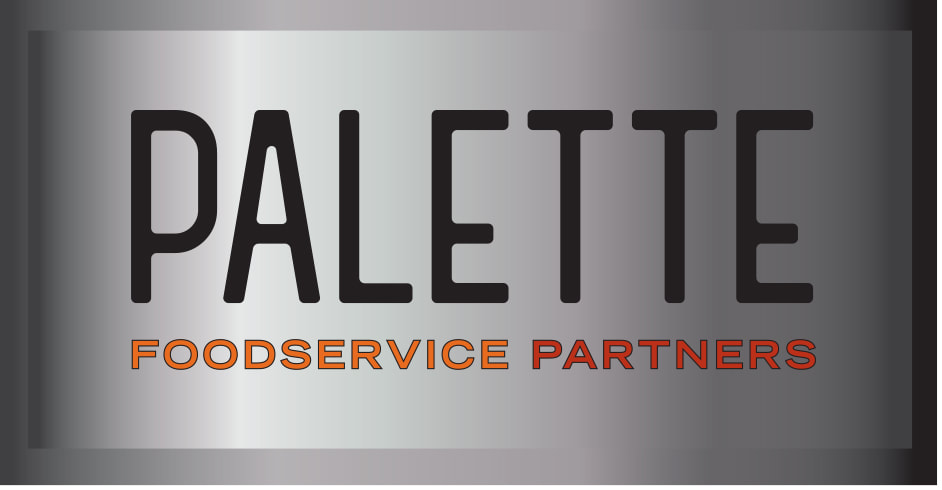
 RSS Feed
RSS Feed